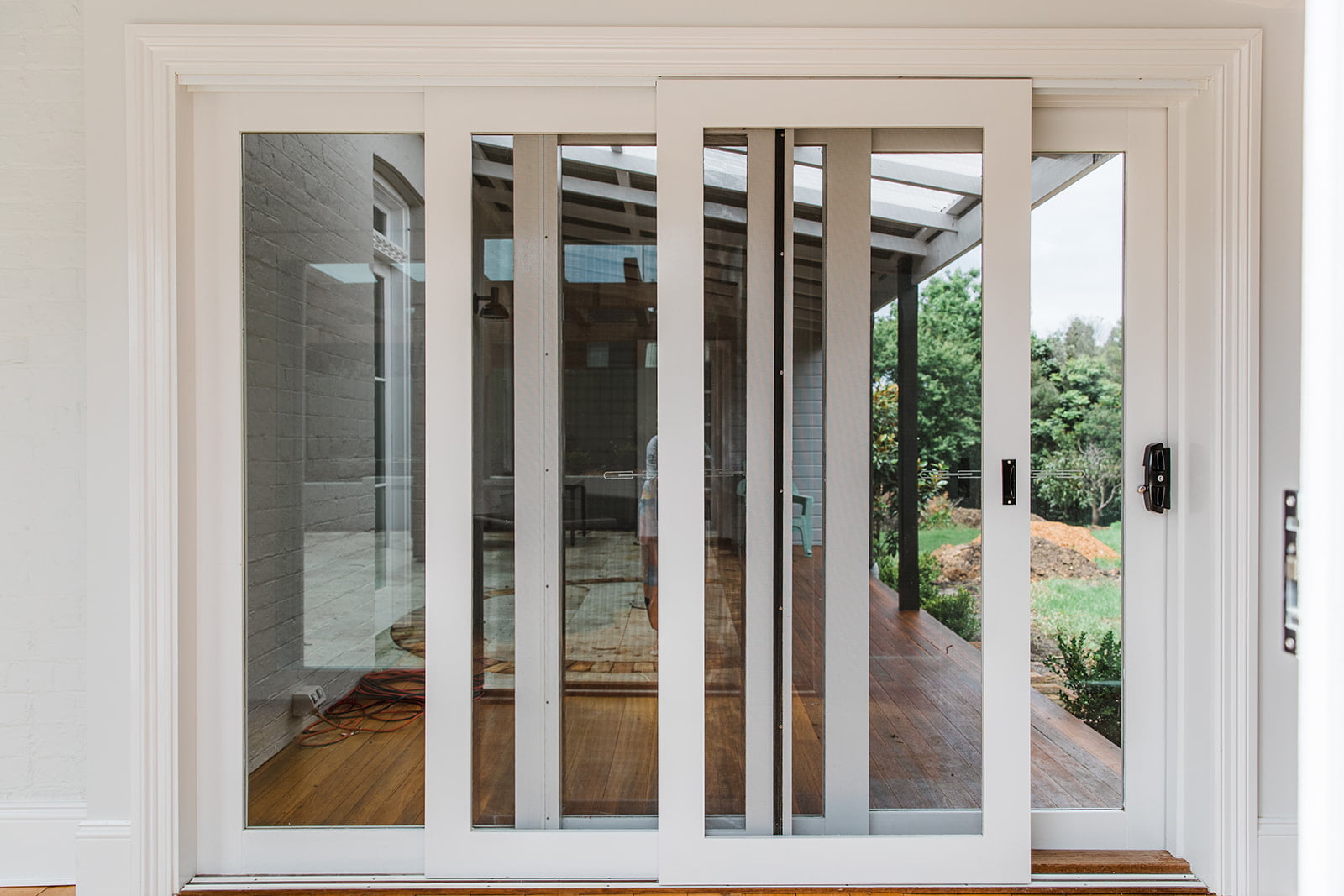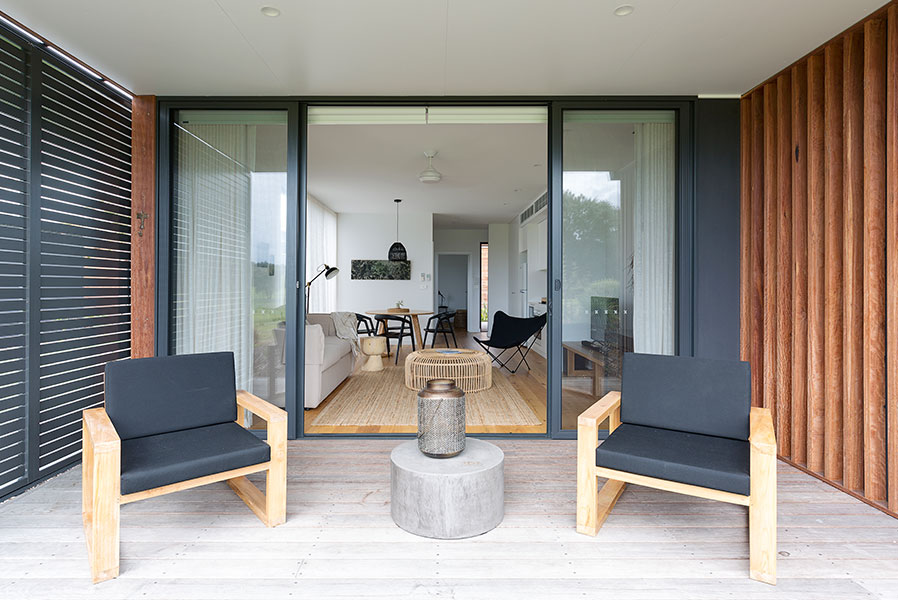When selecting a stacker, it’s essential to match your specific needs with the product’s offerings. The SIMPALL Pro-X15’s remarkable specifications and affordable price point make it a top contender for a wide range of warehousing needs. Always consult with a product specialist for the most accurate information.

Understanding the Types of Stackers
Manual Stackers
- Overview: Manual stackers are hand-operated devices, primarily used for light to medium loads.
- Load Capacity: Typically handle weights up to 1,000 kg.
- Lift Height: Ranges from 1.5 to 3 meters.
- Cost: On average, priced between $500 to $1,500.
- Usage Lifespan: With proper maintenance, can last up to 7 years.
- Materials: Constructed primarily from high-grade steel.
- Pros:
- Economical in terms of upfront cost.
- Requires no power source; environmentally friendly.
- Cons:
- Limited by human strength and endurance.
- Might not be suitable for continuous operations.
Semi-Automatic Stackers
- Overview: These are partly automated devices that require human input for certain functions.
- Load Capacity: Can handle weights up to 1,500 kg.
- Lift Height: Ranges from 2 to 5 meters.
- Power Source: Typically electric, with an average efficiency of 85%.
- Cost: Ranges between $2,000 to $5,000.
- Maintenance Costs: Annual maintenance budget around $200.
- Usage Lifespan: Approximately 10 years with proper care.
- Functionality: Equipped with basic automation, such as automated lift.
- Speed: Lift speed around 0.08 m/s.
- Design Features: Include safety locks, digital controls, and sometimes, a basic user interface.

Automatic Stackers
- Overview: Fully automated devices ideal for heavy-duty operations and larger warehouses.
- Load Capacity: Designed to handle up to 3,000 kg.
- Lift Height: From 3 to 10 meters.
- Power Source: Electric, with an efficiency rate of 92%.
- Cost: Starting from $10,000 and can go up to $50,000 based on features and specifications.
- Maintenance Costs: Annual budget of around $500 to $1,000.
- Usage Lifespan: About 15 years, depending on usage intensity.
- Speed: Average lift speed is 0.15 m/s.
- Temperature Sensitivity: Operational between -10°C to 50°C. Insulation capabilities can vary based on model and material.
- Features:
- Advanced safety protocols.
- Integration capabilities with warehouse management systems.
- Advanced user interfaces and sometimes touch controls.
Factors to Consider When Choosing a Stacker
Load Capacity
Load capacity denotes the maximum weight a stacker can lift. It’s crucial to select a stacker that aligns with your warehouse’s weight requirements.
- Typical Ranges:
- Manual Stackers: Up to 1,000 kg.
- Semi-Automatic Stackers: Up to 1,500 kg.
- Automatic Stackers: Up to 3,000 kg.
- Case Study: A toy manufacturing company found that a 1,200 kg capacity stacker was ideal, as their product boxes weighed an average of 100 kg each.
Lift Height
Lift height specifies how high a stacker can elevate its load. This must match shelf or rack heights in the warehouse.
- Typical Heights:
- Manual Stackers: 1.5 to 3 meters.
- Semi-Automatic Stackers: 2 to 5 meters.
- Automatic Stackers: 3 to 10 meters.
- Importance: Ensuring lift height aligns with storage specifications prevents operational inefficiencies.
Power Source
The power source impacts operational efficiency, running costs, and maintenance.
- Types:
- Manual: Operates via human effort.
- Electric: Uses rechargeable batteries. For instance, a 48V, 400Ah battery can run for 8 hours on a single charge.
- Hydraulic: Uses fluid power to perform work. Known for smooth operations.
- Efficiency: Electric stackers typically have an efficiency rate of around 85%, making them a popular choice.

Safety Features
Safety features prevent accidents in the warehouse, protecting both operators and goods.
- Examples:
- Emergency Stop: Halts operations instantly if an issue arises.
- Load Sensing: Detects if a load exceeds the stacker’s capacity.
- Horn and Lights: Alerts pedestrians to the stacker’s presence.
- Case Study: A retail company reduced warehouse accidents by 40% in a year by choosing stackers with advanced safety features.
Budget
Understanding the initial and operational costs of stackers ensures a sound economic decision.
- Price Ranges:
- Manual Stackers: $500 to $1,500.
- Semi-Automatic Stackers: $2,000 to $5,000.
- Automatic Stackers: $10,000 to $50,000.
- Operational Costs: Electric stackers, for instance, can cost around $0.03 per kWh to operate, based on average electricity prices.
- Maintenance Budget: Setting aside 2% of the initial purchase price annually for maintenance can ensure a long lifespan for the stacker.
Recommend Your Best Choice – SIMPALL Brand
Overview
SIMPALL has emerged as a leading brand in the stacker industry, known for its robust design, efficiency, and advanced safety features. Let’s delve into why SIMPALL could be your best choice:
Model Specifications
- Model: SIMPALL Pro-X15
- Load Capacity: A commendable 2,500 kg, catering to a wide variety of warehousing needs.
- Lift Height: Maximum reach of 8 meters, ideal for medium to large storage facilities.
- Power Source: A 60V, 500Ah efficient electric battery offers operations for a full 9-hour shift on a single charge.
Efficiency & Performance
- Operational Efficiency: At 89%, the Pro-X15 stands out in the electric stacker category, ensuring low energy wastage.
- Lifting Speed: 0.12 m/s, ensuring swift operations without compromising safety.
- Battery Life: Up to 5 years or 1,500 charge cycles, whichever comes first.
Safety Features
- Load Sensing: Protects the stacker from potential damage by detecting overloads.
- Anti-Collision System: Uses infrared sensors to avoid accidental collisions.
- Emergency Stop: Integrated for instant halting, reducing risks significantly. This is especially important in high-traffic warehouses.
Economic Considerations
- Price: At $18,500, the Pro-X15 offers remarkable value for its features.
- Operational Costs: Approximately $0.02 per kWh, making it cost-effective in the long run.
- Maintenance Budget: A modest 1.8% of the initial purchase price annually ensures longevity and optimal performance.
Unique Features
- Digital Interface: Provides real-time data on battery life, load weight, and operational hours.
- Temperature Regulation: Operates efficiently between -15°C to 55°C. An integrated insulation system minimizes potential damage from extreme temperatures.
- Design: Compact design ensures easy maneuverability even in tight spaces.
User Testimonials
- Case Study: A leading electronics retailer noted a 30% increase in warehouse efficiency after switching to SIMPALL Pro-X15. The stacker’s advanced features coupled with its robust build have made a tangible difference.
